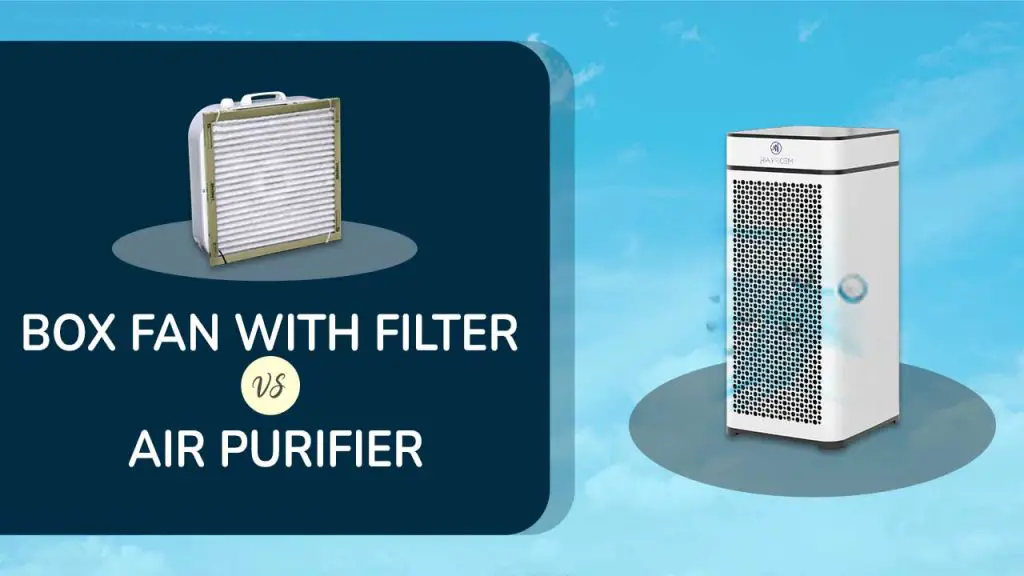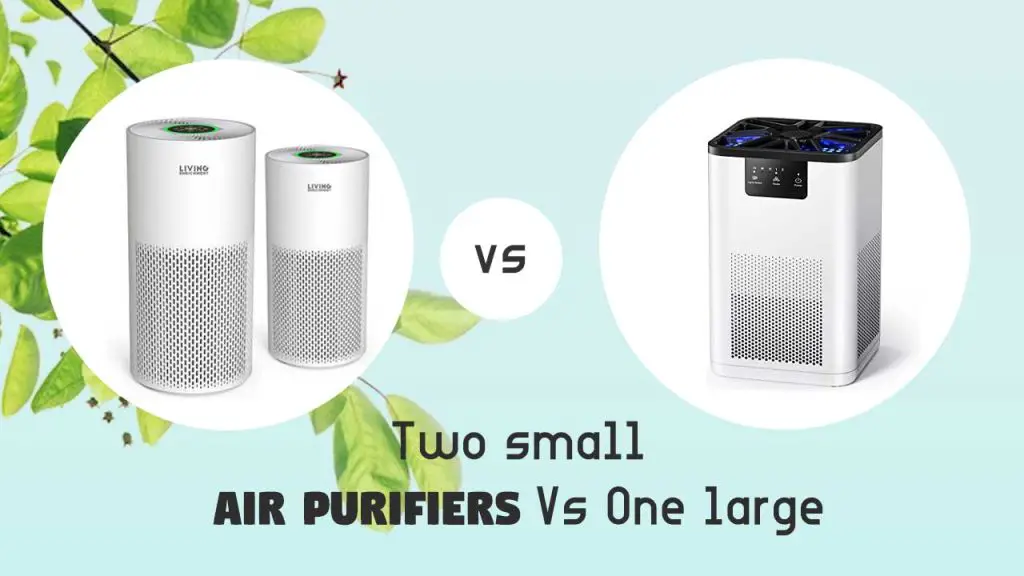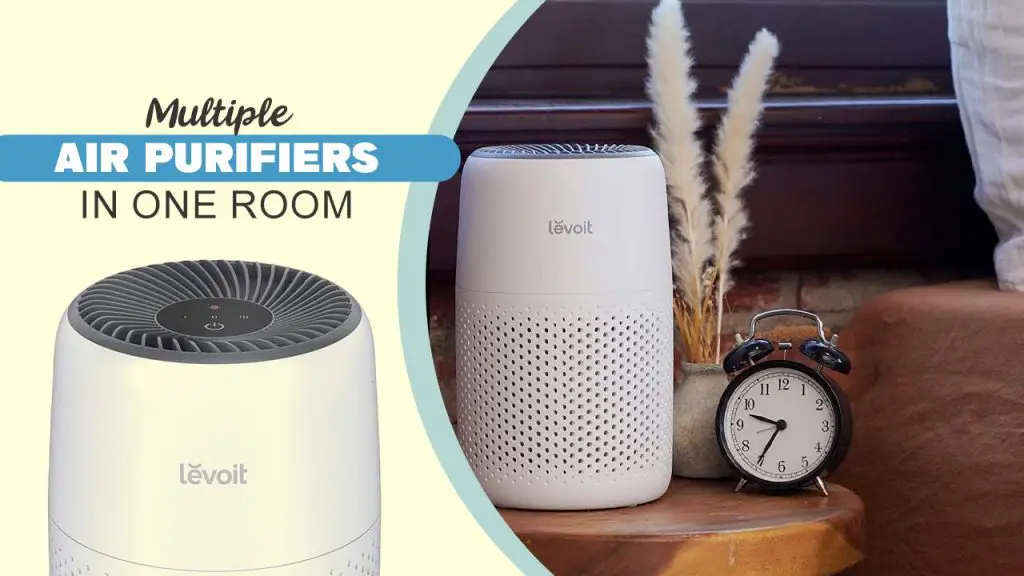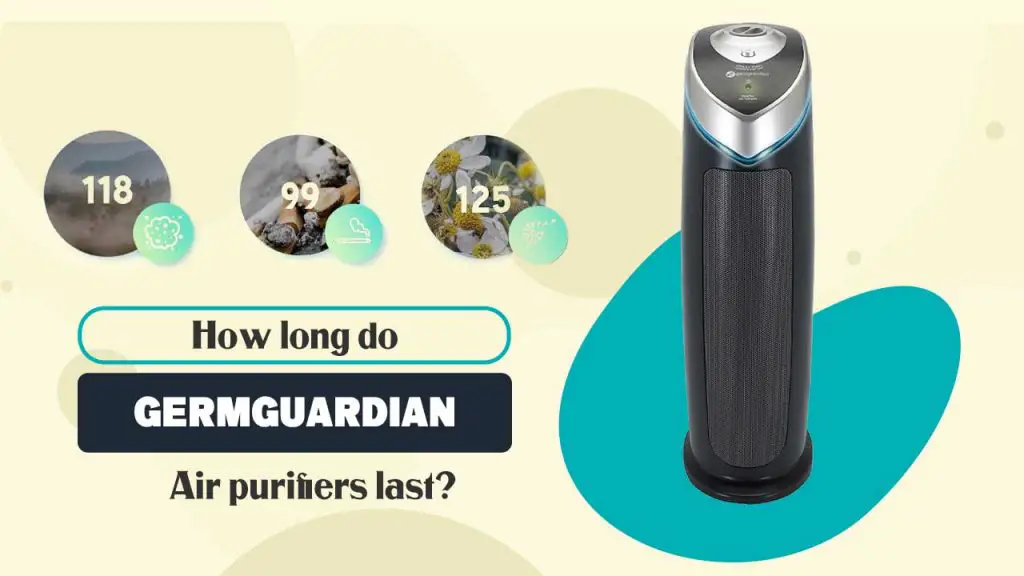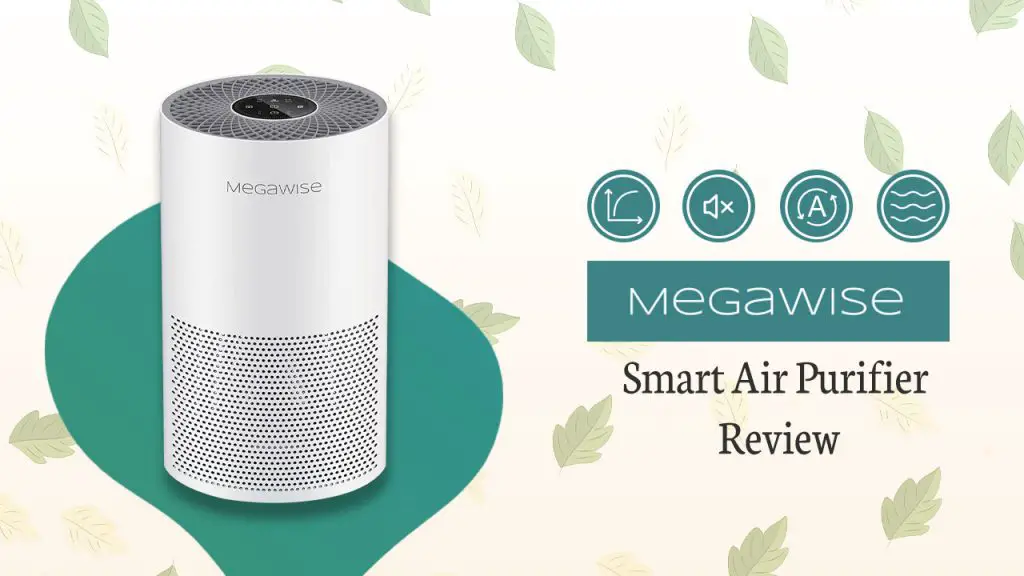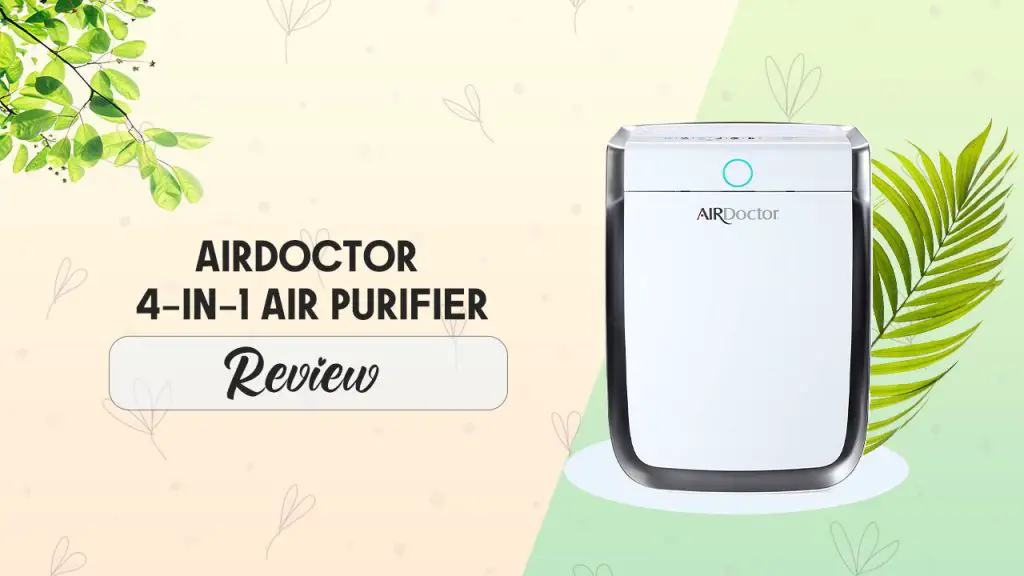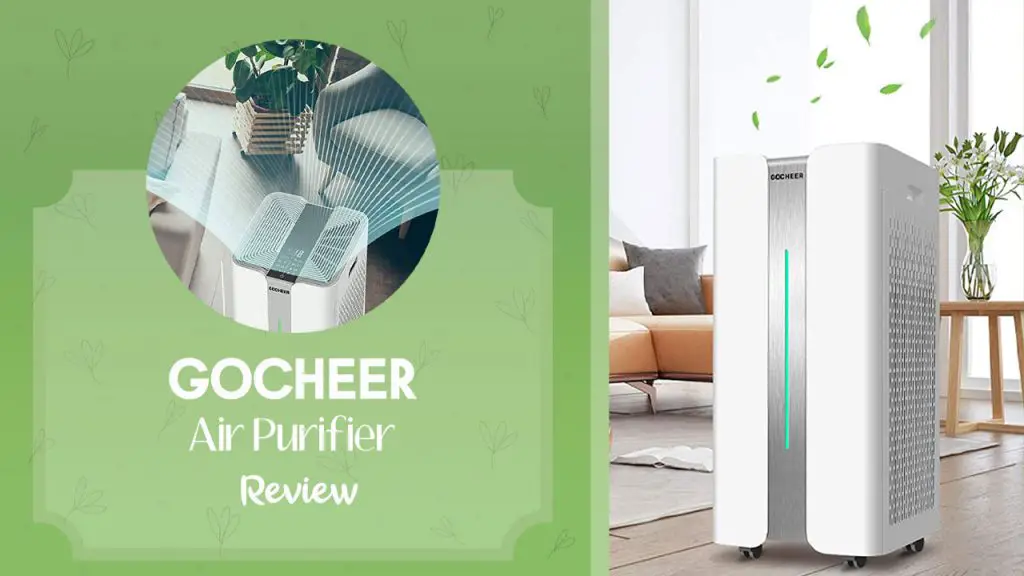A box fan with filter first emerged some years ago when some individuals began playing with the idea of attaching a filter to a frame and placing it in front of a box fan to provide cooling, but also trap air pollutants.
Today, it is mostly available as a DIY appliance where homeowners can buy a box fan on one hand and a fitting filter and frame to create their own unique fan air purifier.
But just how well does a box fan with a filter work? Is it an effective appliance for air purification?
This post draws a comparison between the box fan with filter and the air purifier. Do they function the same way or do they serve different purposes? Which is better among them and what are they best used for? We’ll find out in a bit.
Are Box Fan Filters Effective?
It largely depends on the type of filter used. A box fan is simply what it is; a fan in a box is meant to provide some level of cooling effect on your skin by moving air around in your room or space.
But when you attach a filter to it, it becomes more than just a fan. But how effective is it truly? To answer this, we need to understand how a fan works and whether or not it is able to pull in air from the room.
Due to the shape and design of their blades, fans tend to pull air in from behind and push them out through the front with much pressure. This is what creates the forced breeze effect and helps you remove sweat faster.
In any case, adding a filter means the air pulled in would have to be filtered before it returns back into the room. How well it does this depends on the effectiveness of the filter.
A HEPA filter will perform well if you’re able to build a frame that fits. You may not need an extra frame in most cases. They are able to remove more than 99.9% of air particles down to 0.3 microns.
Using a MERV 13 filter is another option that has been tested in the past and it seems to work pretty well. It is an inexpensive way to provide air purification and keep airborne particles far away.
In one test carried out by Tex-Air Filters, the MERV 13 air filter attached to the fan was able to remove 74.6% of particles up to 1 micron in size and at least 80% of particles up to 5 microns.
This is still pretty encouraging, considering that aerosols like viruses are actually sized from 0.1 to 5 microns.
Also in the test, the device removed 43.7% of particles as little as 0.3 microns and 52% of particles as little as 0.5%. So, it truly depends on what filter you’re able to fit into the box fan, as well as the mechanism of the fan.
If you’re lucky enough to get a HEPA 13 filter that fits, you should be able to trap more particles, down to the tiniest microscopic bit.
Think about it for a moment. Dander and dust mite are between 2-20 microns in size, so the box fan with filter shouldn’t have a problem trapping these.
The hard part would be smoke particles which are 0.4-0.7 microns, but even some of them would not escape a MERV filter.
How To Make a Box Fan with Filter?
It is quite easy to make a box fan with a filter attached. This is a DIY that anyone should be able to take care of. Here’s an easy step-by-step guide;

- Get a standard fan, probably around 20 inches. This should cost around $15-$25.
- The air intake area of the fan would need some gasketing, so you need to do that.
- Place and fasten your filter (MERV 13 or HEPA) to the air intake part of the fan and another on the other side of the fan. Be sure the filter’s airflow arrow is pointing towards the fan and the other one outwards towards your room. Use tape or rubber bands to hold the filter’s place.
- Secure with a frame and use tape to hold it all together.
- Turn ON your fan with a filter.
Box Fan with Filter Vs Air Purifier
A box fan with filter can be a lifesaver when you’re faced with serious indoor pollution, but they’re not the same as an air purifier. For starters, an air purifier is not a fan, even if it carries out some air circulation.
Let’s unravel the major points for comparison here.
1. Air filtration
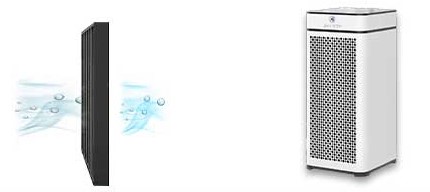
Many would argue that an air purifier is simply a box fan with filters. This is not practically true. A lot of thinking goes into the production of an air filter and they’re specifically built for air cleansing, with the right dimensions and airflow to keep your room clean.
This is why many of them with HEPA filters can capture 99.97% of all air particles down to 0.3 microns, while a box fan with filter may only be able to do 90% of those.
2. Air circulation
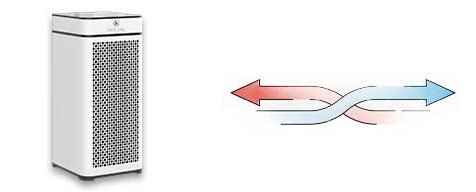
Due to the fan’s motor power, its air circulation has more pressure than that of an air purifier. This can be a good thing and a bad thing.
The good part is that the fan is able to distribute the air to all parts of the room faster and still provide some cooling effect. The bad part? The force and pressure of a fan’s motor can push some tiny particles back into the room.
3. Compatibility
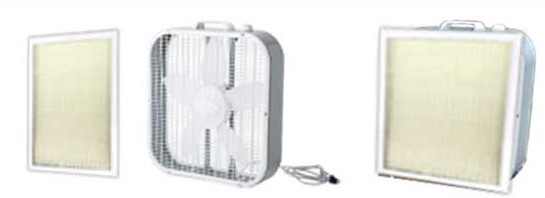
This is another point for consideration. It’s difficult to find a HEPA filter whose dimensions are compatible with those of a box fan with a filter. This is what makes the MERV 12 filter the most likely option you’d settle with.
This is why most box fans with filters are not able to capture more than 90% of air particles and may be unable to do so well with particles smaller than 1 micron.
4. Multiple filtrations
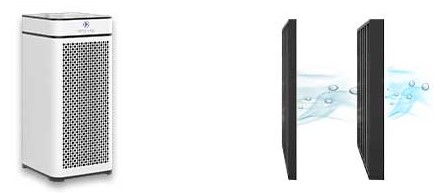
Another difference is that air purifiers are most times designed to accommodate multiple filtration types. A standard air purifier may have a HEPA filter, a pre-filter and a charcoal (carbon) filter to remove both particulate and gaseous pollutants.
This gives the air purifier versatility. Some even feature UV-C bulbs and other filtration technologies. This kind of versatility is not yet possible when DIYing a box fan.
5. Cost
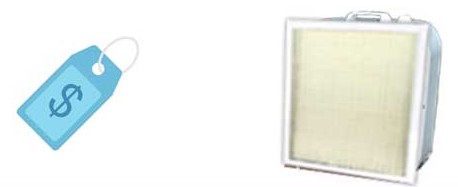
Overall, the cost of getting a good air purifier dwarfs whatever you’re likely to spend on a box fan and the filters.
A box fan costs an average of $20-$40 and you’re likely to get each filter for $15-$20 each, bringing your total budget to about $50-$80. A good H13 HEPA air purifier with reasonable coverage goes for $100 and above.
6. Maintenance
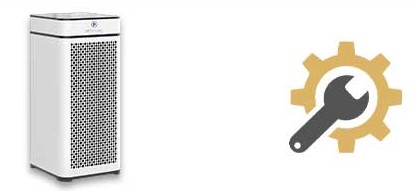
First of all, a box fan is likely to last longer than an air purifier. You may only need to clean and replace the filters occasionally. An air purifier, on the other hand, has a lifespan of 2-5 years, depending on the brand and type.
Air purifiers also require filter replacement occasionally, except for those that feature washable and reusable filters.
Which Is Better Between Box Fans with Filters And Air Purifiers?
If you need an appliance that will provide some cooling effect and make your home a bit more comfortable in the summer while purifying the air as well, a box fan should be your choice.
However, if what you really need is effective air purification, you should go for an air purifier. In simple terms, a box fan with filter is better if you need the cooling effect plus air filtration, but they do not have the same kind of filtration power as air purifiers.
It is difficult to say one is better than the other. However, for air filtration, an air purifier is better if it has the right filter combination, coverage and capacity.
But for cooling effect, a box fan is certainly our pick. Sometimes, with the right filter, don’t be surprised to see a box fan working better than an air purifier.
When Is It Best to Use A Box Fan With Filter & When To Use an Air Purifier?
If you’re on a budget and you live in a warm and arid climate with some level of indoor air pollution, we’d advise you to go with a box fan with filters. Otherwise, air purification in winter or colder regions do not require any form of cooling effect.
And if you’re suffering from allergies and severe air pollution, you should get a commercial-grade air purifier.
So, you can use a box fan with filters in areas with high temperatures and where pollution is not severe while you use an air purifier for severe cases of air pollution where air conditioning is not exactly needed.
Also, in the case of an existing fan box and where the money for an air purifier is not readily available, you can simply get those filters and convert your box fan to an air purifier.
Final Words:
A box fan with filters is not the same as an air purifier, even if it can perform the same air filtration function at different levels of effectiveness. Based on all we’ve said, you can bring out your toolbox and try your hands on a DIY box fan with filters.
Just be sure you get filters that are compatible and effective. Also, you need to be careful about the edges and ensure the filter covers all the areas. The easier option for air filtration would be to get a reliable air purifier and rid your home of unwanted airborne guests.
| Photo | Title | Buy |
|---|---|---|

|
LEVOIT Air Purifier for Home & Bedroom - For Allergies and Pets Hair | Check Price On Amazon |

|
BREEZOME 60 OZ Quiet Dehumidifiers for Home, Dual-Semiconductor | Check Price On Amazon |

|
AquaOasis™ Cool Mist Quiet Ultrasonic Humidifier for Bedroom & Large room | Check Price On Amazon |

|
43.3'' Portable Air Conditioners, 3-IN-1 Evaporative Air Cooler w/Remote | Check Price On Amazon |

|
BlueDri BD-AS-550-BL Negative Machine Airbourne Cleaner HEPA Air Scrubber | Check Price On Amazon |
